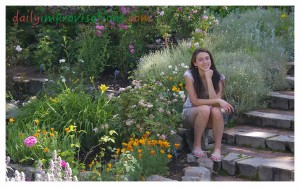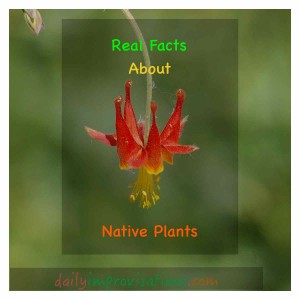
This article about native plants versus exotic ones reminded me about the ongoing discussion of what is best to plant in any environment. Are “native” plants best or most environmentally responsible? What qualifies as a “native” plant? It encompasses the idea of plant diversity and even challenges the idea of what it means to “garden.”
People tend to categorize a plant as native if it was there when they arrived. This is a misleading and often inaccurate assumption. Plant seeds travel, even by themselves. Sometimes they traveled on the fur or foot of something before the record keeping population arrived. If you go far enough back in time, almost every plant traveled from somewhere, because similar to people, home for plants isn’t one place for all time. Consider even the self-sowing of so-called native plants. They frequently don’t grow in exactly the same spot each year. Are they then non-natives a few feet away? A few miles away? Where do you draw the line? Is there some line over which they should not cross if they are still going to be native?
Plants do need certain growing conditions to propagate, but there is enough fluctuation in weather cycles to allow the spreading of plants into relatively new, or not recently tried, areas without human effort or help. When they aren’t where we want them, we call them weeds. If we want a low maintenance landscape, we call it “native.” (click on any photo to enlarge)
No shame in wanting low maintenance, but tending and maintenance have many benefits. That’s how we get increasingly higher production of food on the same limited area of land. It is how we get yards that help us enjoy our homes more. That means straying from purely native conditions of the wild environment. More water, fostering different soil qualities, and, gasp, weeding out some of the native plants, allows plants to grow which probably otherwise would not. Whether it be for food, practicality, fun, or beauty, it also frequently means diversity that would not be there with just native plants. Let’s face it, a backyard of sage brush is less hospitable for the kids to play in, harbors more ticks, and doesn’t offer much for the dinner table. I go for long runs out in the native lands quite a bit, and there have been paths cut through the fields of sage brush for both vehicles and footpaths. That is the only way to get through those gnarly shrubs.
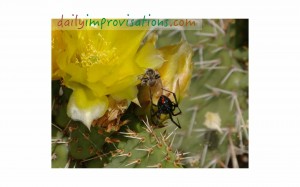
Diversity is a healthy and practical phenomena for several reasons. A wider variety of plants provides more options for and greater diversity of insects and birds. Diversity tends to help combat disease and pests. Diversity allows people to take advantage of the microclimates that get created by buildings and other plants. Diversity makes people happy, which leads to better physical health. Diversity is good for a healthy diet. Venturing to plant what is not already growing in a given region even sometimes introduces plants to environments where they can be more economically produced and used.
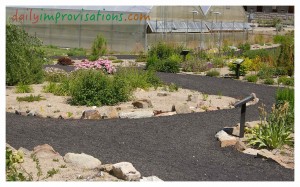
Wanting to grow new plants, even ones that require more water or amending of conditions, does not always work out. There are some things, like the heat of a southwest Idaho summer, that are nearly impossible for some plants to survive. On the other hand, wanting to grow unusual plants has been known to lead to very creative discoveries and innovations. These newer ways of doing things have been known to make better use of resources than the previously natural methods. Drip irrigation comes to mind. For an opposite situation, a greenhouse for cold sensitive trees might seem extravagant to some, but if you like doing it and have fresh oranges or bananas off your back porch, why would you want to go buy some that have been shipped hundreds of miles.
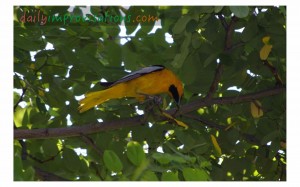
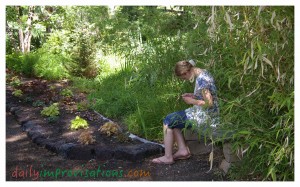
There is also the fact that some plants seem to be native to one location, but have not in recorded history been found in another very similar environment. Planting them in other similarly suitable places could be the very thing that helps them survive should something destroy the “original” population.
Of course, many people are concerned about invasive “non-natives,” but if said plants thrive in a given environment their acceptability is really a matter of perspective. It is okay to have your own ideas of what is invasive in your yard. If such plants had accidentally been introduced before Europeans came to the Americas, would we consider them native and be much more tolerant of them, instead of bemoaning that they are wiping out “native” plants. I’m not saying they shouldn’t be managed. The whole gist of this essay is that, in reality, we are managing much of the plant world around us. Such management frequently benefits both us and the diversity of plant life. I am suggesting that categorizing plants as native or non-native is neither here nor there. It clouds the discussion of real concerns and benefits with ill-defined terms. Learn about plants, experience how your particular garden and it’s resources work, enjoy diversity and grow what you can.
